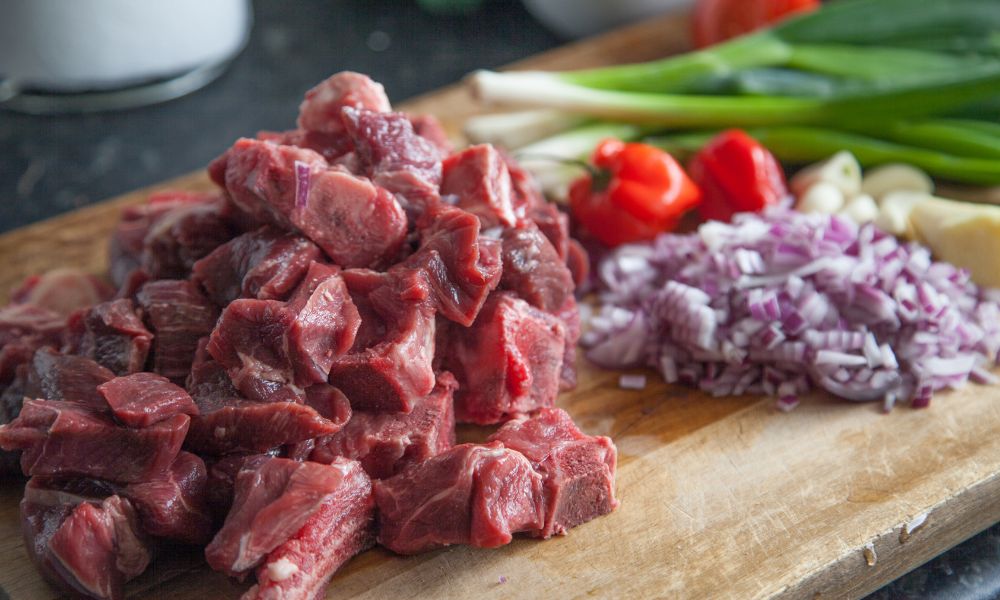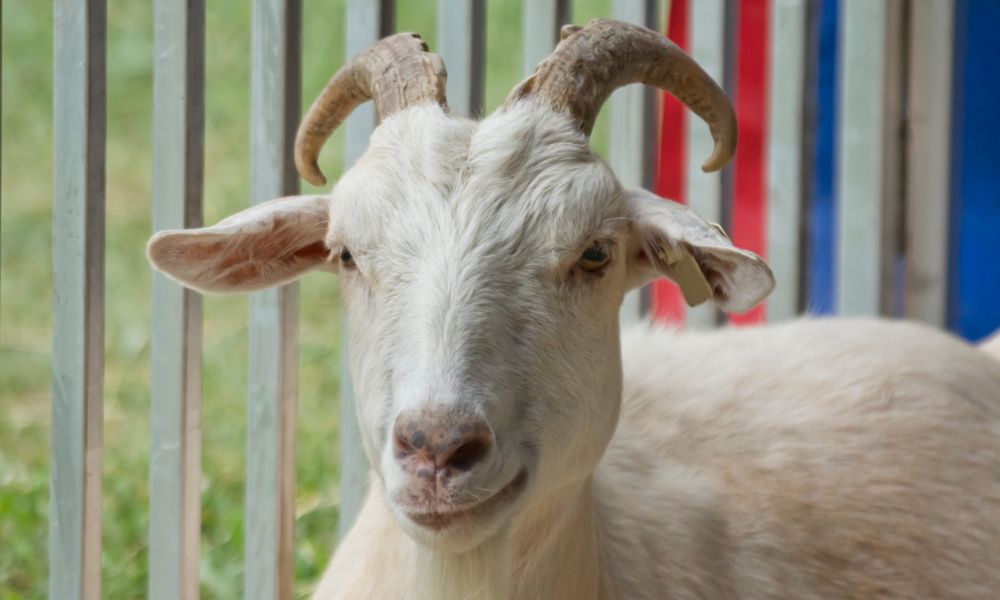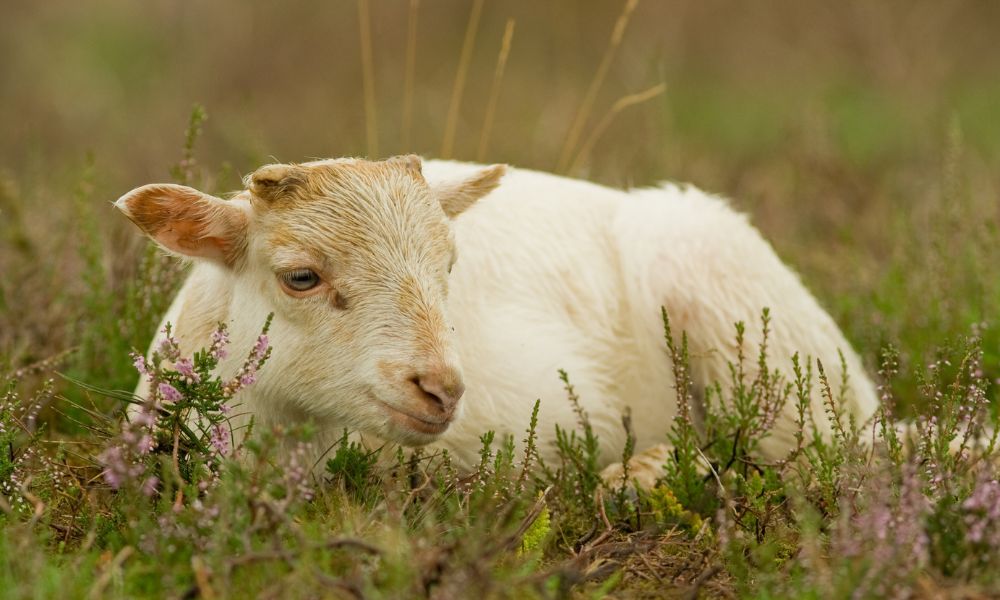If you just call goat meat, goat, then most of the time you will get away with it.
Chevon is really in use in more specialized environments, and indeed sometimes you may hear the word mutton which refers to goat as well as sheep.
Let’s look further into this.

What is Goat Meat Commonly Called?
Most commonly, goat meat is simply referred to as goat.
It’s a versatile ingredient, enjoyed from street vendor stands to high-end restaurants globally.
In different culinary contexts, goat meat is known by various names.
- Chevon: The term ‘chevon’ comes from the French word ‘chevré,’ which has Latin origins. In modern usage, chevon typically refers to goat meat from older animals. It’s a term more prevalent in North America and Europe, reflecting the meat’s culinary versatility.
- Capretto: Directly borrowed from Italian, ‘capretto’ specifically denotes meat from younger goats. Rooted in Latin, this term is widely used in Mediterranean cuisines, known for its tender and delicate flavor.
- Mutton: In many parts of the world, particularly in South Asian and Caribbean cuisines, the term ‘mutton’ is used interchangeably for both goat and sheep meat. This reflects the cultural and culinary practices of these regions, where goat meat is a staple.
These diverse names not only signify the meat’s culinary versatility but also its cultural integration, making goat meat a truly global ingredient.
Historical Background
Goats hold a distinguished place in the annals of agriculture, being among the earliest domesticated animals.
Archaeological evidence traces their domestication back to at least 7000 BC.
Ancient civilizations, recognizing the versatility of goats, utilized them extensively for their meat, milk, and hides.
These hardy animals adapted well to diverse climates and terrains, making them invaluable to early nomadic societies and settlers.
Their significance extended beyond mere sustenance; goats were integral to trade and cultural practices.
This enduring relationship between humans and goats laid the foundation for agricultural developments and shaped the course of early human settlements.
What is chevon meat?

Chevon is the term you are most likely to encounter in a restaurant environment, one of the few terms which refers to a specific kind of goat meat.
Chevon meat is meat from an adult goat—that is any cut from the animal.
It’s all chevon.
This is, originally, a French term, and is still most commonly used in Europe.
You won’t find much use of it outside of Europe, except in perhaps North America and Australia.
So, like beef or pork, there is a term specific to goats which is distinct from their ordinary name. that said, it is in much less common use than beef or pork.
What about young goats, then?
What is capretto meat?

If chevon refers to meat from an adult goat, then capretto is meat from a juvenile goat—or a kid.
That’s the other point to clear up.
Capretto meat could also be referred to as kid.
So, much like lamb and mutton, there is an important distinction between young and older goat meat.
It is most common to slaughter goats for meat at a relatively young age.
So, you’re much more likely to see capretto on a menu than chevon.
Capretto is, again, only very commonly used in Europe, and even then, within higher profile environments.
You’ll be fine still referring to it as goat most of the time.
Is goat meat also lamb, then?
Is goat meat lamb?
Typically, lamb does not refer to goat meat—although, again, it very much depends on where you are.
In many environments, there would not be much distinction between lamb and goat.
If someone refers to a meat as lamb, it may well include goat as well.
Again, though, in restaurant environments, lamb will more or less always refer to the meat of young sheep.
Goat meat is more commonly consumed in other parts of the world, and less so in Europe.
So, European customers would expect lamb.
Finally, let’s look at mutton.
Is mutton goat or lamb?
Not to hammer home this point, but it depends on where you are.
There are indeed many places in the world where mutton refers both to goat and to lamb, or sheep meat.
There is no distinction between the two.
However, in most European countries and North America, mutton specifically refers to sheep meat.
It is more often sheep than lamb, too. Mutton is certainly a specific term, and in the right place, you will know you are getting sheep meat.
However, you are equally likely to find many large areas where goat and sheep are both mutton.
It often depends on the economic angle, as mutton may simply refer to cheap and affordable meat.
Goat meat does have a couple of specialized names, then, but for the most part, you can simply refer to it as goat.
In particularly extravagant culinary environments, like expensive restaurant kitchens, there may be more of a need to distinguish between different cuts and ages of goat.
In most places, though, you’ll just hear it referred to as goat, or even lumped in with sheep as mutton.
If you see chevon on the menu, though, you can impress your friends with your knowledge!
